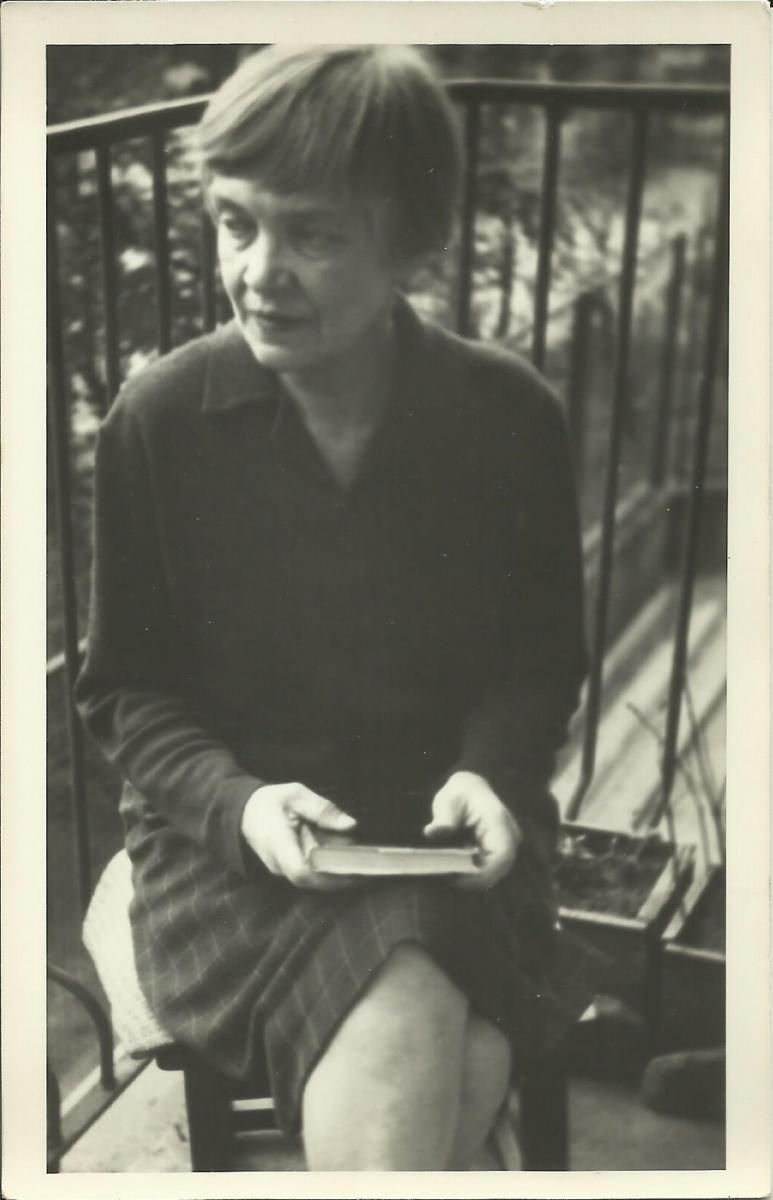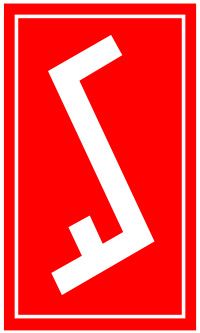Janina Kłopocka
Mediathek Sorted
-
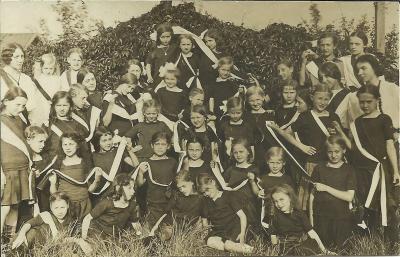
-
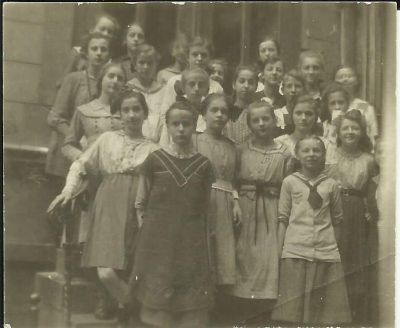
-
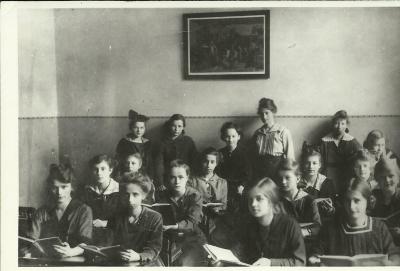
-
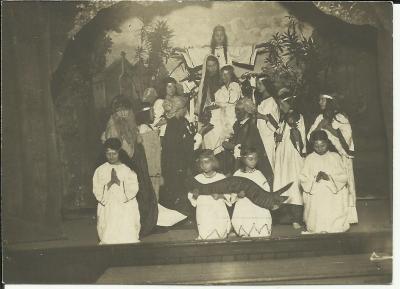
-
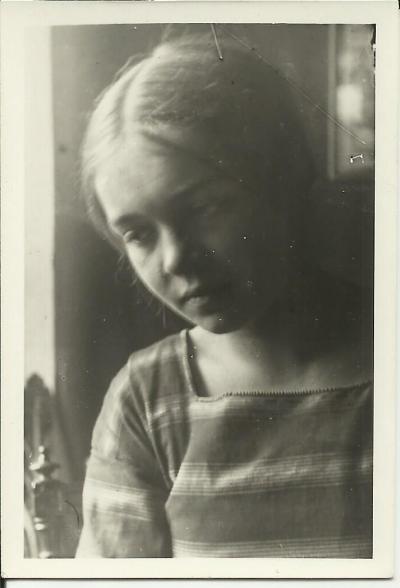
-
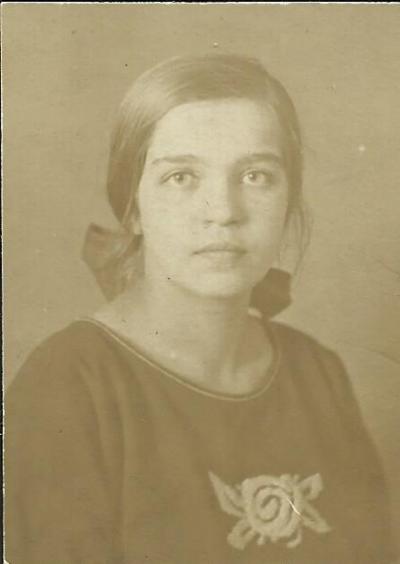
-
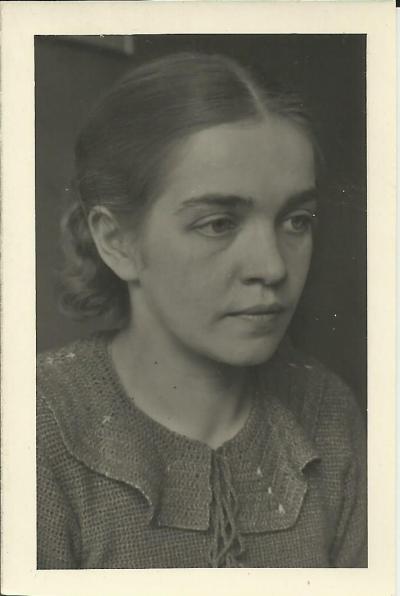
-
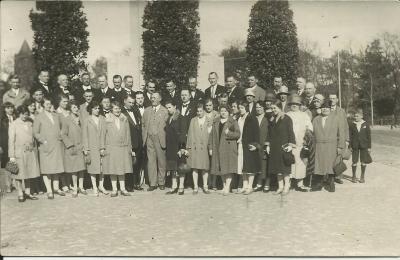
-
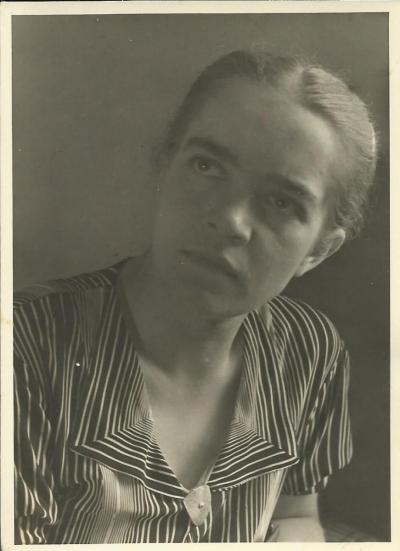
-
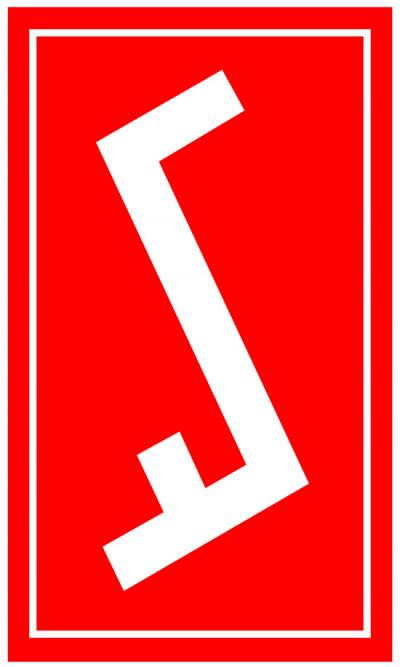
-
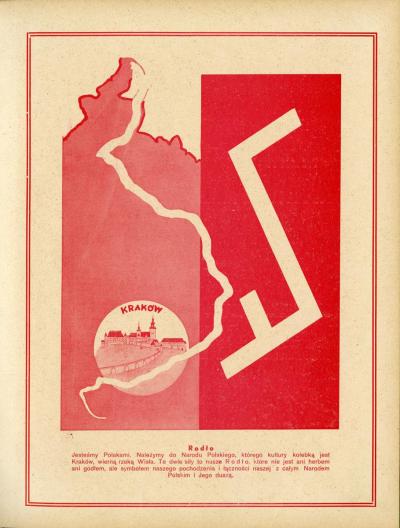
-
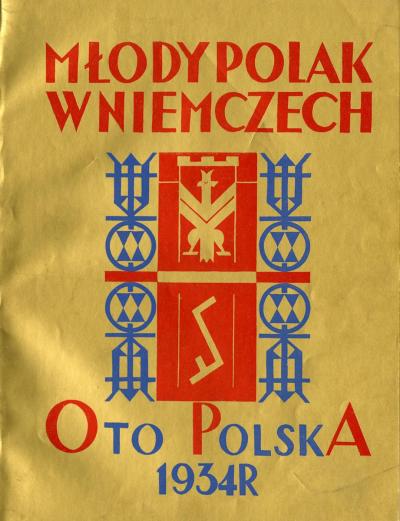
-
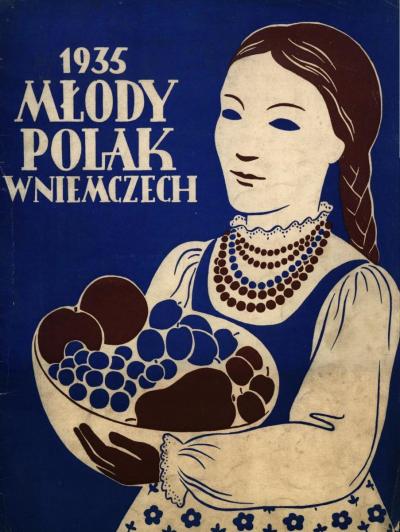
-
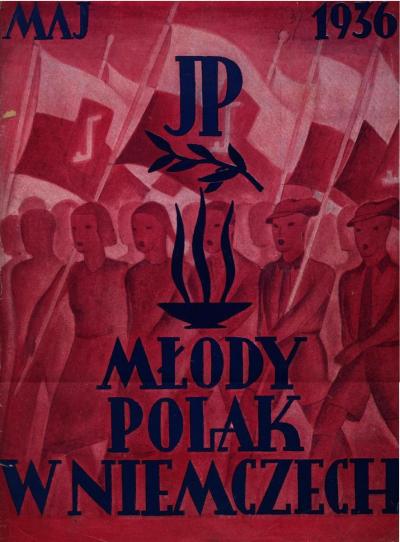
-
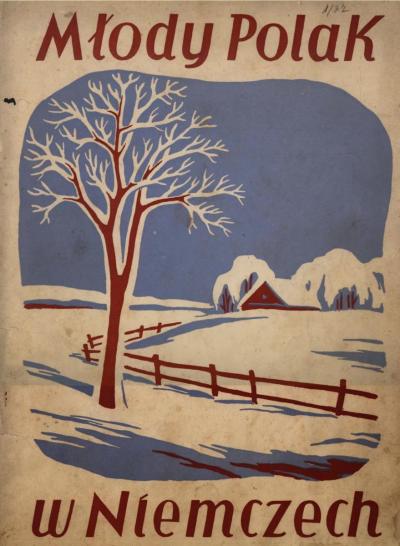
-
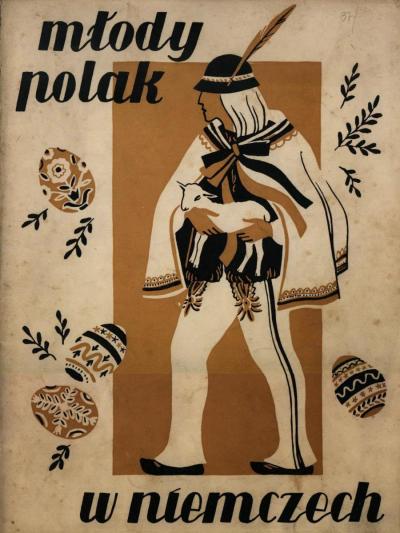
-
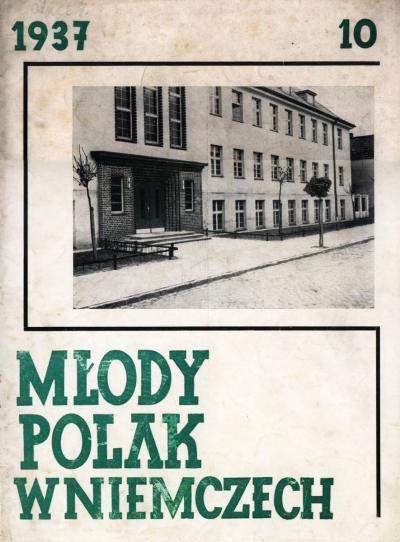
-
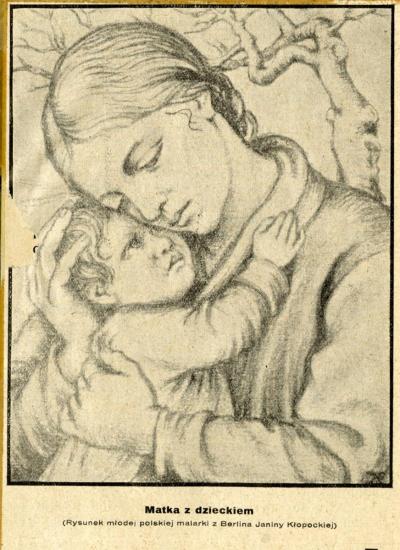
-

-
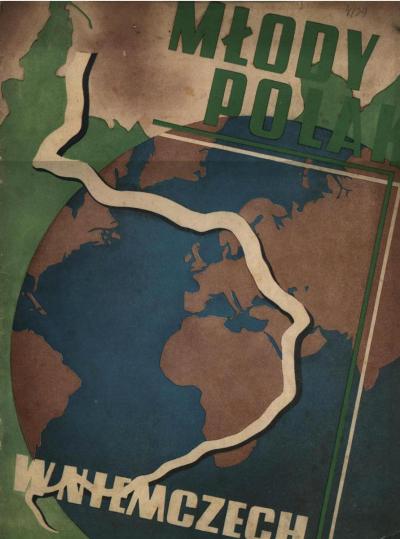
-
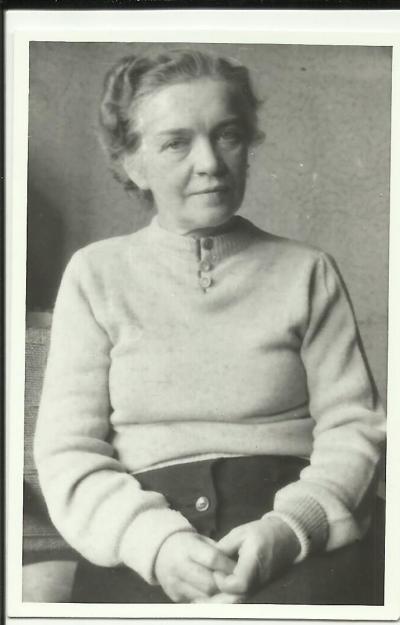
-
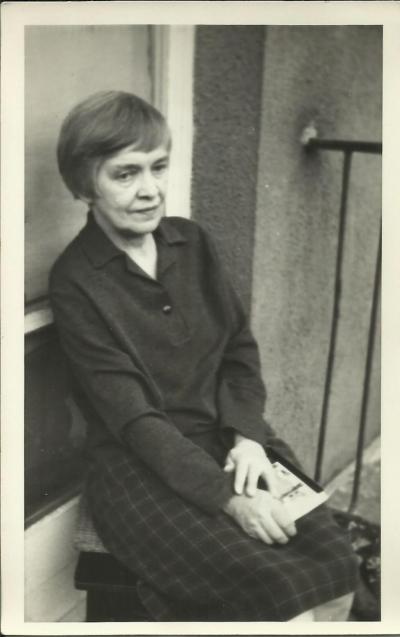
-
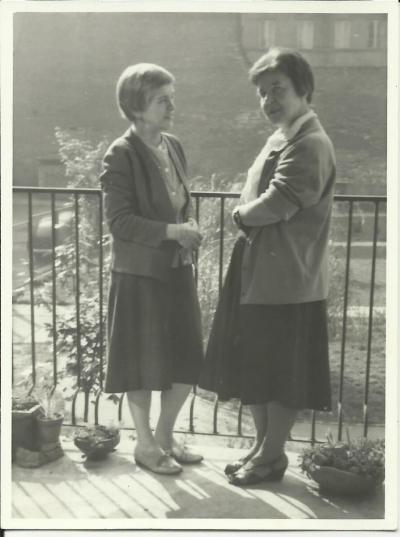
-
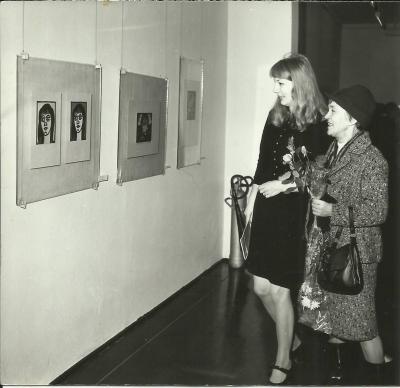
-
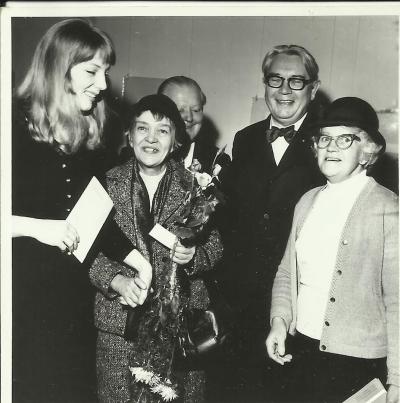
-
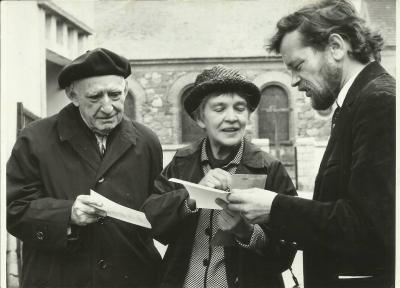
-
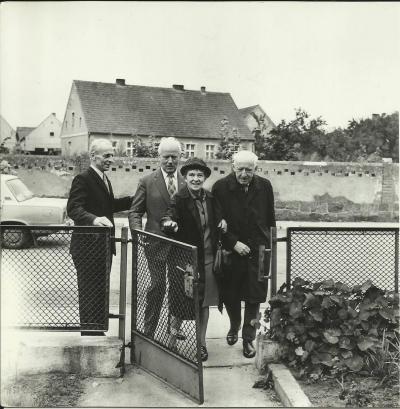
-
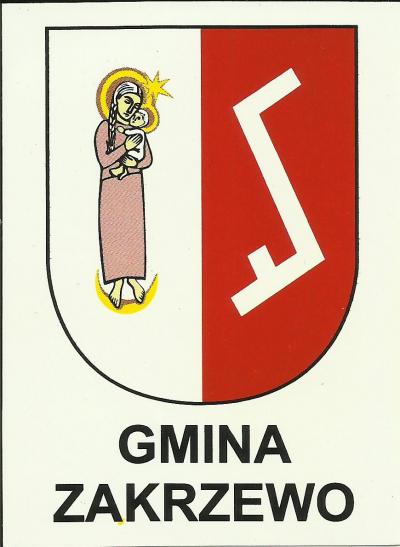
-
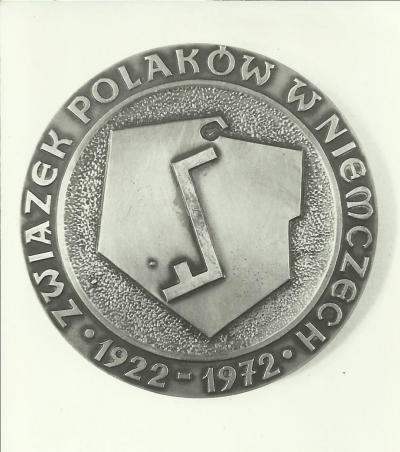
-
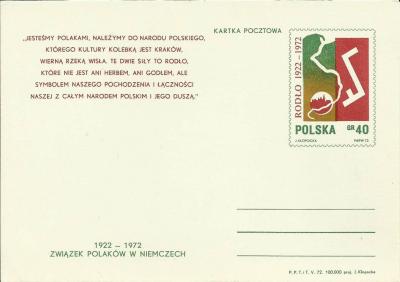
-
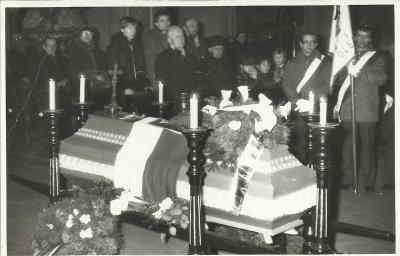
-
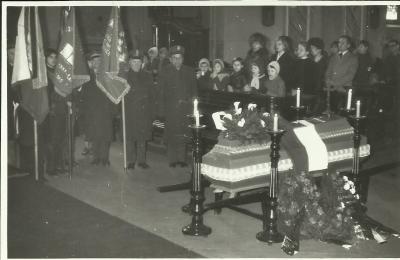
-
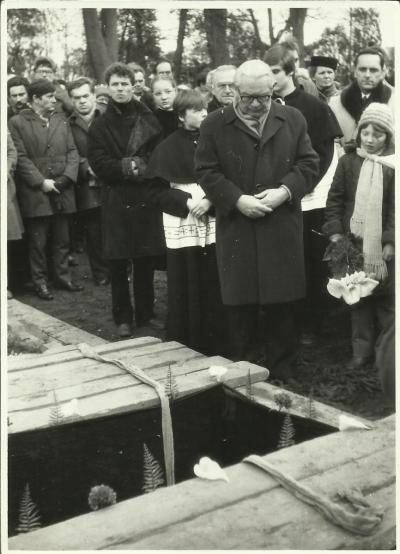
-
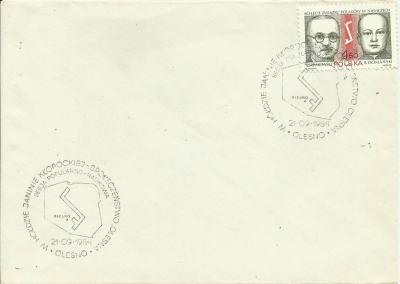
-
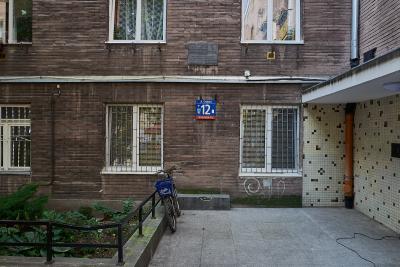
-
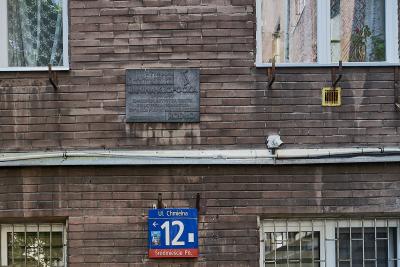
-
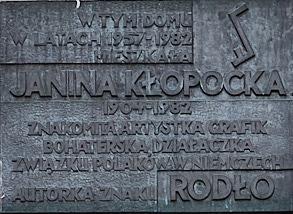
-

Janina Kłopocka - Hörspiel von "COSMO Radio po polsku" auf Deutsch

In 1934 she made a woodcut called “Matka Boska Radosna“ (Joyful Mother of God). Her Madonna and Child in no way, however, resembles the usual representations. It is much more reminiscent of a modest village girl: dressed in a simple robe and accompanied by four angels, it rests its bare feet on the moon. Contrary to the title, however, Maria is not smiling. Her face seems rather to express pensiveness and worry. Kłopocka’s Madonna very quickly became popular and as time went by it was adopted as a sort of patron by the Union of Poles in Germany. In addition her Madonna was used on a poster advertising an exhibition on religious art that took place in 1934 in Częstochowa. It also opened a cycle of frescoes entitled “Polski rok obrzędowy” (Polish Annual Traditions) in the Polish House in Zakrzewo in the district of Złotów. (Flatow).
The second half of the 1930s was a period of intensive activity for Janina Kłopocka . During this time she received further commissions from the Union of Poles in Germany. In 1936 she began working on the “Polski rok obrzędowy” cycle of frescoes to embellish the Polish House in Zakrzewo, whose outlines she completed in the following year. All in all she created 16 murals with the support of two artist colleagues, Jadwiga Koniuszewska and the sculptor, Roman Solecki. Their themes were popular festivities, rites and customs, including the Christmas meal on Christmas Eve, the harvest thanksgiving festival, welcoming spring and other motifs. After the outbreak of the Second World War the Germans plastered over the frescoes and they were only revealed once again in 1972 when the building was renovated. Thankfully they managed to survive in a very good state.
In 1938 she joined forces with Tadeusz Cieślewski Junior to design the setting for the Congress of Poles in Germany in the assembly hall of the Berlin Theatre of the People. To this end they decided to use symbols that were important to the Poles in Germany: a green leaf (the sign of the young people), the “Rodło” sign and a model of a chapel that the governing board had decided to build in December 1937. Janina Kłopocka attached her portrait of the Joyful Mother of God to one of the walls on this model.
Kłopocka’s work gradually received increasing recognition and popularity. In 1935 she set up an artists group entitled “Czerń i Biel” (Black and White) with her student friends from the Warsaw Academy, and one year later works by the group were exhibited in the Zachęta (today the Zachęta National Gallery of Art). In addition Kłopocka’s works were shown in London, Florence and Ottawa.

















































































